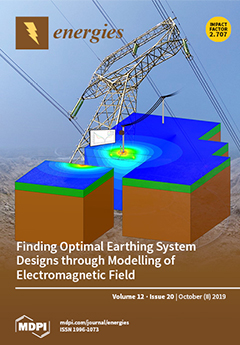The objectives this study were to examine the integrated use of oil–coagulant for the direct extraction of coagulant from
Moringa oleifera (MO) with 5% and 10% (NH
4)
2SO
4 extractor solution to harvest
Scenedesmus obliquus cultivated in urban wastewater and
[...] Read more.
The objectives this study were to examine the integrated use of oil–coagulant for the direct extraction of coagulant from
Moringa oleifera (MO) with 5% and 10% (NH
4)
2SO
4 extractor solution to harvest
Scenedesmus obliquus cultivated in urban wastewater and to analyze the oil extracted from MO and
S. obliquus. An average content of 0.47 g of coagulant and 0.5 g of oil per gram of MO was obtained. Highly efficient algal harvest, 80.33% and 72.13%, was achieved at a dose of 0.38 g L
−1 and pH 8–9 for 5% and 10% extractor solutions, respectively. For values above pH 9, the harvest efficiency decreases, producing a whitish water with 10% (NH
4)
2SO
4 solution. The oil profile (MO and
S. obliquus) showed contents of SFA of 36.24–36.54%, monounsaturated fatty acids of 32.78–36.13%, and polyunsaturated fatty acids of 27.63–30.67%. The biodiesel obtained by
S. obliquus and MO has poor cold flow properties, indicating possible applications limited to warm climates. For both biodiesels, good fuel ignition was observed according to the high cetane number and positive correlation with SFA and negative correlation with the degree of saturation. This supports the use of MO as a potentially harmless bioflocculant for microalgal harvest in wastewater, contributing to its treatment, and a possible source of low-cost biodiesel.
Full article





